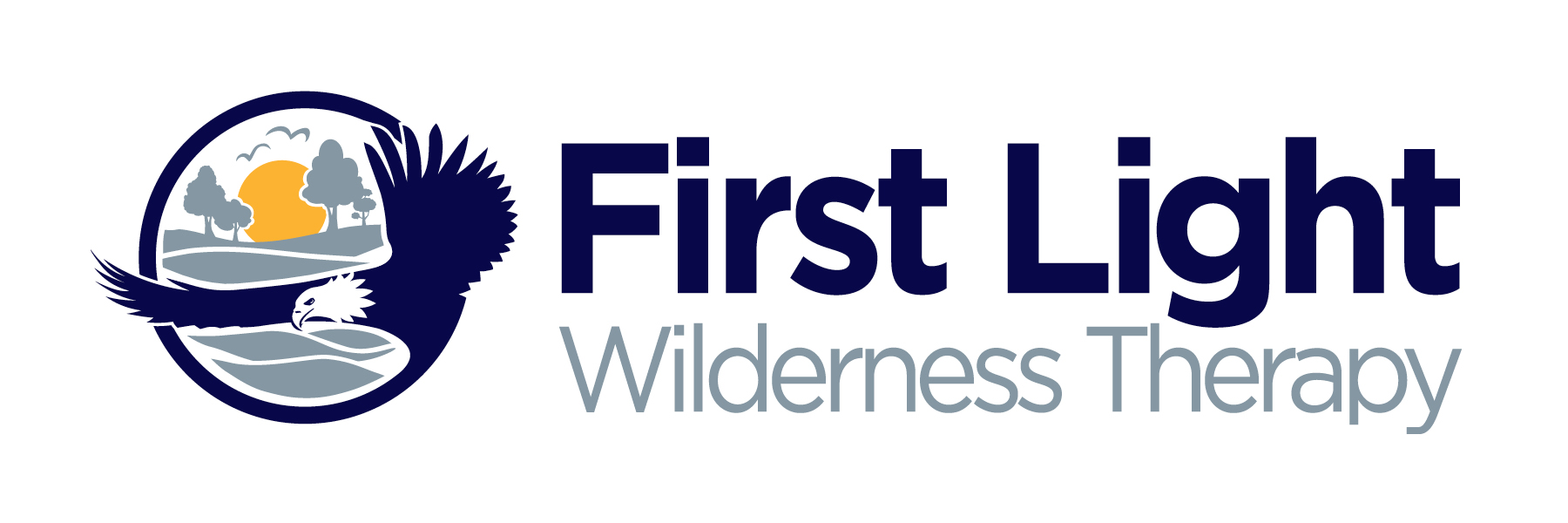Navigating the Wilderness: A Closer Look at Operations and Programming Departments in Teen Therapy Programs
Recently, at the Southeast NATSAP event, Program Director- Chris Jones, Medical Director – Dr. Ryan Paterson, and Director of Student and Alumni Services – Kayla Davenport, shared insights into the intricacies of operations and programming departments within teen therapy programs as well as why a deep focus on these departments is clinically important. The presentation delved into the critical components that form the backbone of the Embark outdoor behavioral health process, emphasizing the importance of physical and medical support, staff training, and a trauma-responsive clinical model.
The operations and programming departments play a pivotal role in ensuring the well-being of students in wilderness therapy programs. This includes providing physical support through meticulously designed training programs for staff. From communication systems to student clothing and equipment, nutrition, and field support, every aspect is carefully considered to create a safe and nurturing environment.
One of the standout features highlighted in the presentation is the comprehensive medical support provided. The medical direction encompasses everything from first aid kit design to evacuation plans. A team of certified Emergency Physicians is available 24/7, offering on-call medical support and control. This extends to providing guidance to field teams, treatment advice, and even reviewing medication administration, ensuring the highest standards of care.
The commitment to ongoing staff training is evident in the emphasis on improving staff familiarity with medications, student-specific medical conditions, and wilderness first responder training. The presentation showcased a dedication to real-time education, keeping staff informed about health issues encountered in the wilderness environment. This proactive approach includes pre-field screenings and thorough reviews of incoming students’ medical history, promoting continuity in treatment plans.
Perhaps one of the most notable aspects of the presentation was the focus on a trauma-responsive clinical model. The program is designed to be trauma-responsive from the moment a student enters the door, offering 24/7 support from trained staff. Instead of asking, “Why do you do that?” the approach is shifted to understanding the student’s story and what has happened to them. Recognizing the impact of trauma on a teen’s neurobiology is integral to tailoring a responsive and healing environment.
The presentation concluded with a poignant exploration of laying the foundations for healing through CASA. By incorporating a trauma-responsive model and focusing on the entire system of responsiveness, the program aims to create emotional safety for the participating
teens. The emphasis on understanding each student’s unique story fosters a compassionate and understanding environment, ultimately contributing to the healing process.
Ultimately, the presentation at Southeast NATSAP shed light on the meticulous planning and dedication within operations and programming departments in teen therapy programs. From physical support and medical direction to trauma-responsive clinical models, the program’s holistic approach stands as a beacon in the field, paving the way for healing and growth among participating clients.
